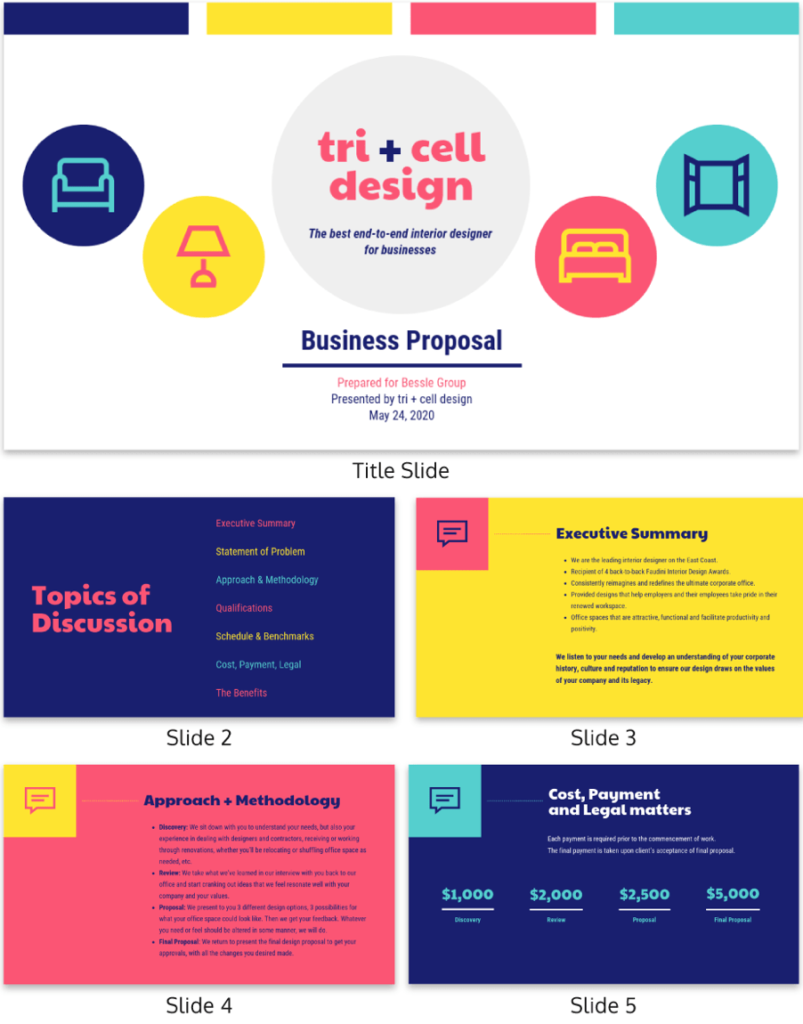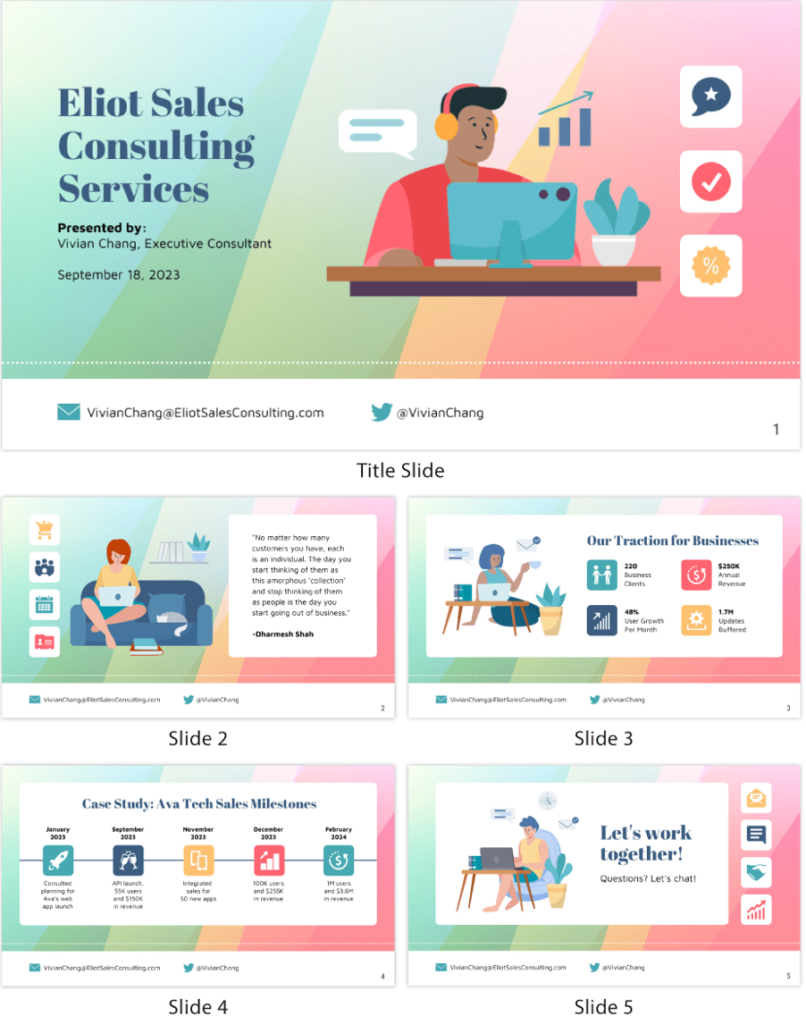If you’re looking to create an amazing pitch deck, look no further. This guide will take you through all the steps necessary to make a stellar presentation that will wow your audience and help you secure the funding you need. We’ll show you how it’s done—from creating a strong narrative to including the right visuals. So get ready to unleash your inner entrepreneur and learn how to create an amazing pitch deck!
The Different Sections of a Pitch Deck
A pitch deck is a presentation that you use to secure funding for your business. It typically contains between 10 to 20 slides and should tell a compelling story about your business. The different sections of a pitch deck are as follows:
1. Introduction
This should include a brief overview of your business and what you’re looking to achieve with your pitch.
2. Problem/Solution
This section should outline the problem that you’re solving and how you’re doing it better than anyone else.
3. Market Opportunity
Here, you’ll want to highlight the size of the market you’re targeting and how you plan to capture a share of it.
4. Product or Service
This section should describe your product or service in detail, including its features and benefits.
5. Team
This should introduce your team and highlight their skills and experience.
6. Financials
This section should include financial projections for the next 3 to 5 years.
7. Conclusion
This should summarize your pitch and remind the audience of why they should invest in your business.
Creating a Strong Narrative
One of the most important things to remember when creating a pitch deck is to tell a compelling story. Your slides should flow smoothly from one to the next, and each one should support the narrative of your presentation. To create a strong narrative, you’ll need to:
1. Establish a clear goal.
Your pitch deck should always have one clear goal in mind. Whether you’re looking to secure funding or simply generate interest in your business, make sure your slides reflect that goal.
2. Focus on the problem you’re solving.
Your audience will want to know how your business is going to solve a specific problem. Make sure you focus on this throughout your pitch.
3. Showcase your unique selling proposition.
What makes your business stand out from the competition? Why should the audience invest in you? This is what you’ll want to highlight in your pitch deck.
4. Tell a compelling story.
Your slides should tell a story that engages the audience and leaves them wanting more. Think about the key elements of your business and how you can present them in a way that’s interesting and easy to understand.
Including the Right Visuals
Visuals are an important part of any pitch deck, and you’ll want to make sure you include the right ones. Here are some tips for choosing the right visuals:
1. Stick to a consistent style.
When choosing visuals, it’s important to stick to a consistent style. This will help keep your pitch deck visually appealing and easy to follow.
2. Use graphs and charts.
Graphs and charts are a great way to illustrate your business’s financials and market opportunities. Make sure the data you include is accurate and easy to interpret.
3. Use images sparingly.
Images can be a great way to add visual interest to your pitch deck, but don’t go overboard. Too many images can make your presentation look cluttered and confusing.
4. Use high-quality visuals.
It’s important to use high-quality visuals in your pitch deck. This will help ensure that your slides look professional and polished.
Putting it All Together
Now that you know the different sections of a pitch deck and how to create a strong narrative, it’s time to put it all together. Here are a few tips for putting your pitch deck together:
1. Start with a strong introduction.
Your introduction should be brief but engaging, and it should clearly state your goal for the pitch.
2. Outline the problem you’re solving.
The audience will want to know how your business is going to solve a specific problem. Make sure you focus on this throughout your pitch.
3. Illustrate your unique selling proposition.
What makes your business stand out from the competition? Why should the audience invest in you? This is what you’ll want to highlight in your presentation deck.
4. Show your financials.
This section should include financial projections for the next 3-5 years.
5. Introduce your team.
This should introduce your team and highlight their skills and experience.
6. Summarize your pitch.
The conclusion should summarize the main points of the pitch presentation – what’s the goal, what’s the solution, why are you the best?
7. Ask for input or funding.
This is the section where you ask for input or funding from the audience. Be clear about what you’re asking for and make sure you have a plan for following up with those who are interested.
A bonus tip when making your pitch deck design is to use Venngage — a free infographic maker that offers a wide range of pitch deck templates for everyone. Here are some pitch deck examples from their website!



Final Thoughts
Creating a strong pitch deck can be daunting, but following these tips will help you put together a presentation that’s both informative and engaging. Remember to focus on your goal for the pitch and to keep your narrative consistent throughout the deck. And most importantly, practice, practice, practice!
The more you present your pitch, the smoother it will flow and the more confident you’ll be in delivering it. See some of the best pitch decks by clicking here!




